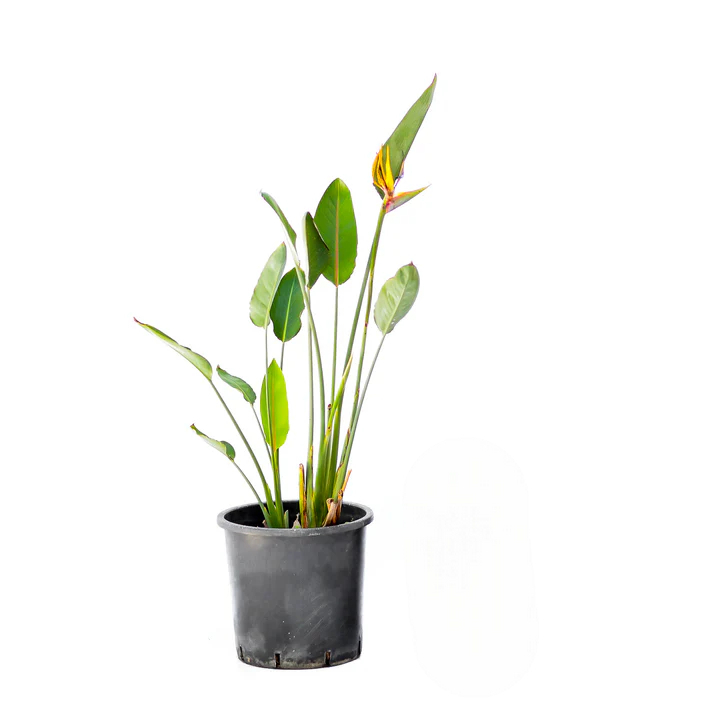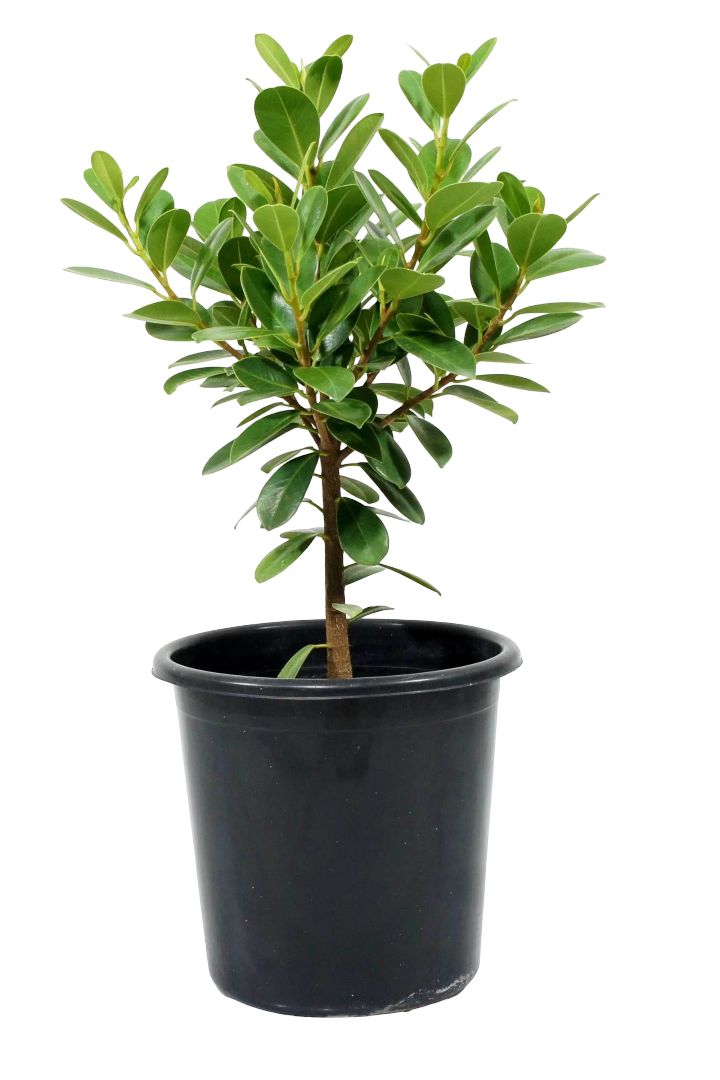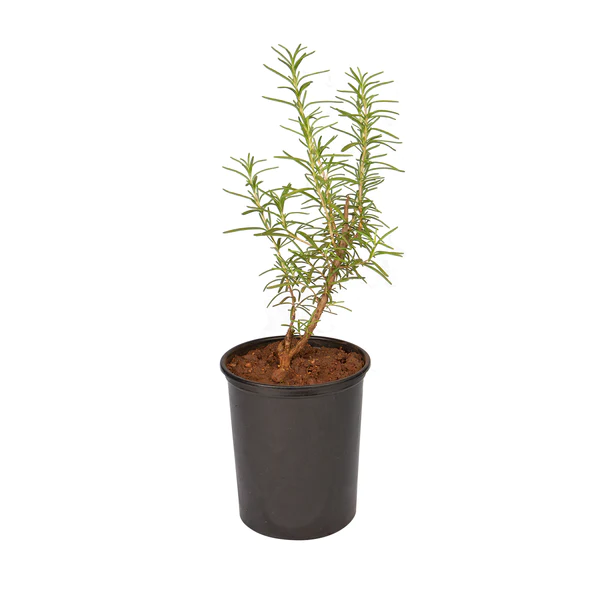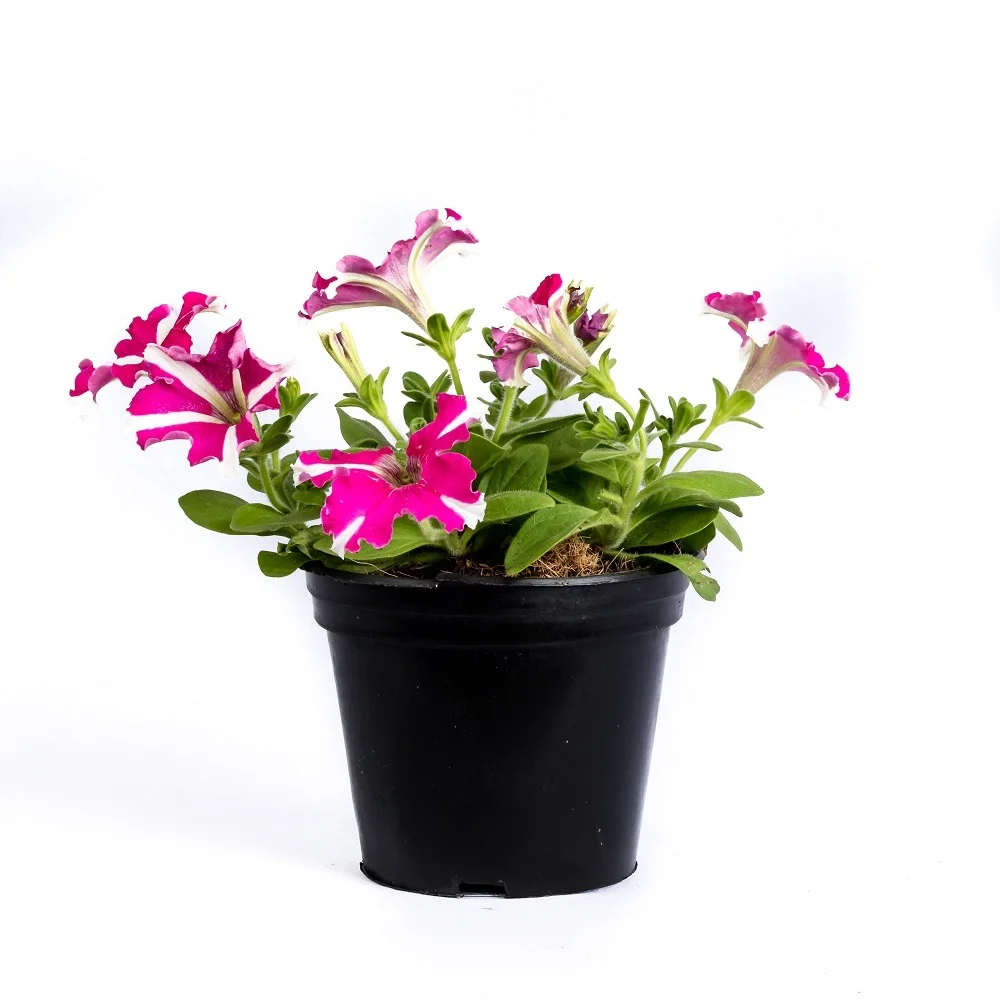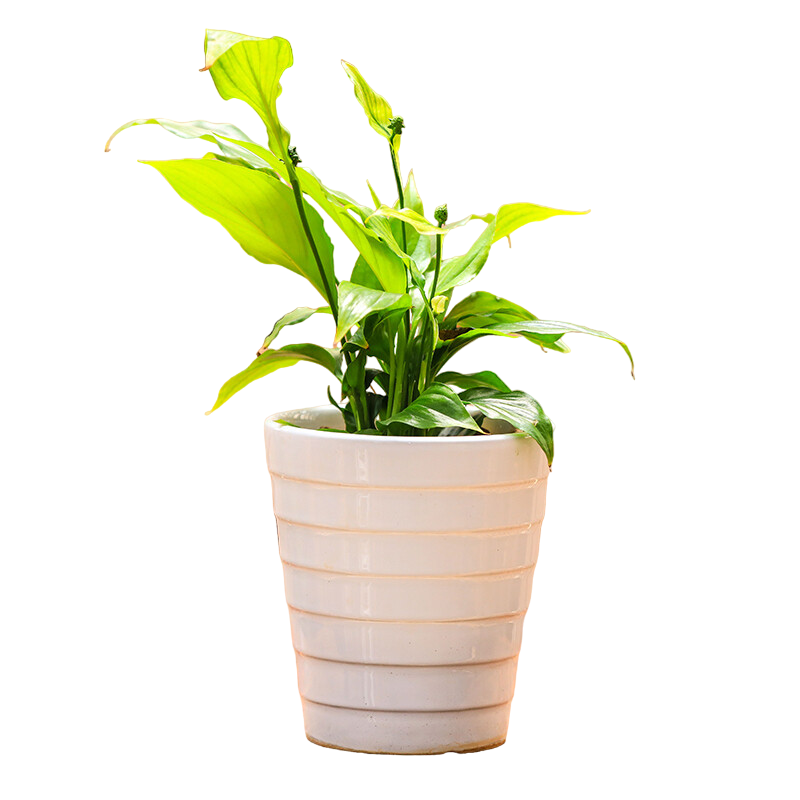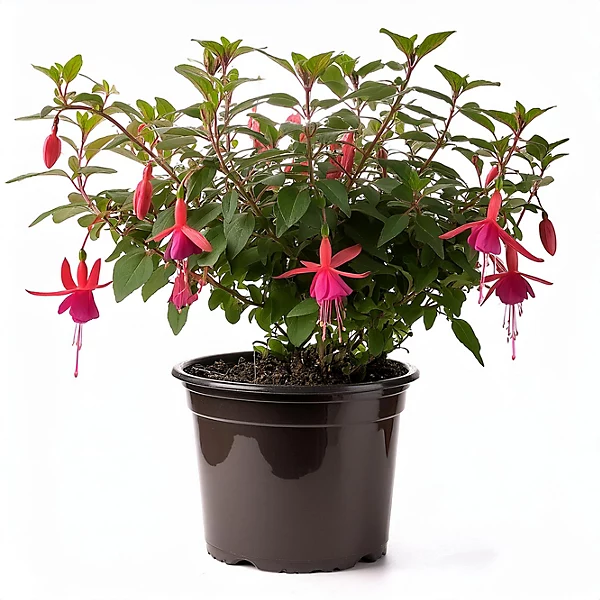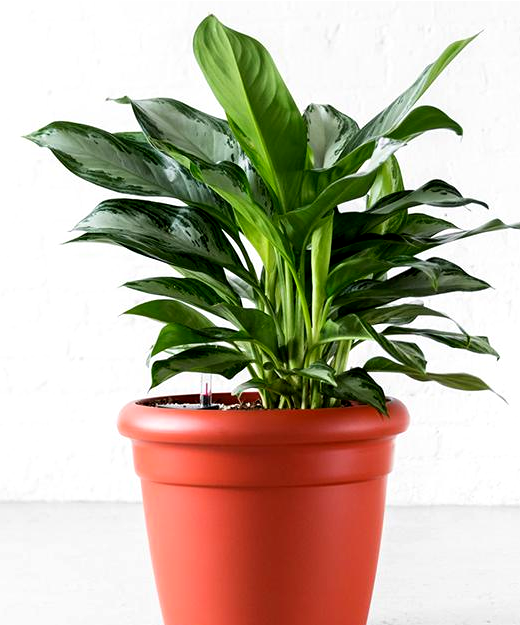Rosemary
Whether you have a spacious garden or a cozy kitchen, our Rosemary Plant will flourish in any environment. With its slender, needle-like leaves and robust growth, it adds a touch of beauty to your space while providing you with a fresh and readily available herb for your recipes.
Description
Rosemary –
Rosemary Plant Care: Tips for Healthy Growth
Light: For optimal growth, ensure your Rosemary plant receives full sun, as it thrives in direct sunlight for at least six hours each day. Indoors, place it near a south-facing window and consider using grow lights for supplemental light. Outdoor plants should be brought outside during warm weather to benefit from natural sunlight. Insufficient light can result in weak and leggy growth.
Soil: Rosemary prefers well-draining sandy or loamy soil, avoiding heavy clay and wet soils. Aim for a slightly acidic to neutral soil pH ranging from 6.0 to 7.0.
Water: Mature Rosemary shrubs have good drought tolerance, so it’s better to underwater than overwater them. Allow the top few inches of soil to dry out between waterings, ensuring the soil is evenly moist but not soggy.
Temperature and Humidity: Rosemary thrives in warm weather with moderate humidity levels. Most varieties can’t withstand temperatures below 30 degrees Fahrenheit but have good heat tolerance. Ideally, keep the temperature between 55 and 80 degrees. Ensure proper air circulation to prevent rot and fungal issues, particularly in high humidity.
Fertilizer: Rosemary is not a heavy feeder. Incorporating compost into the soil at planting provides a healthy start. For ongoing growth, use a balanced liquid fertilizer following the instructions on the label.
Pollination: Rosemary shrubs self-pollinate and attract bees and other pollinators to your garden. During warm weather, bring indoor plants outside when their flowers are open to allow for natural pollination.
Achieve thriving Rosemary plants by following these care tips for optimal growth and flavor

